What's in a (plant) name?
Plant names are far more than a theoretical exercise in scientific classification - they are invaluable tools for understanding the diversity of life.
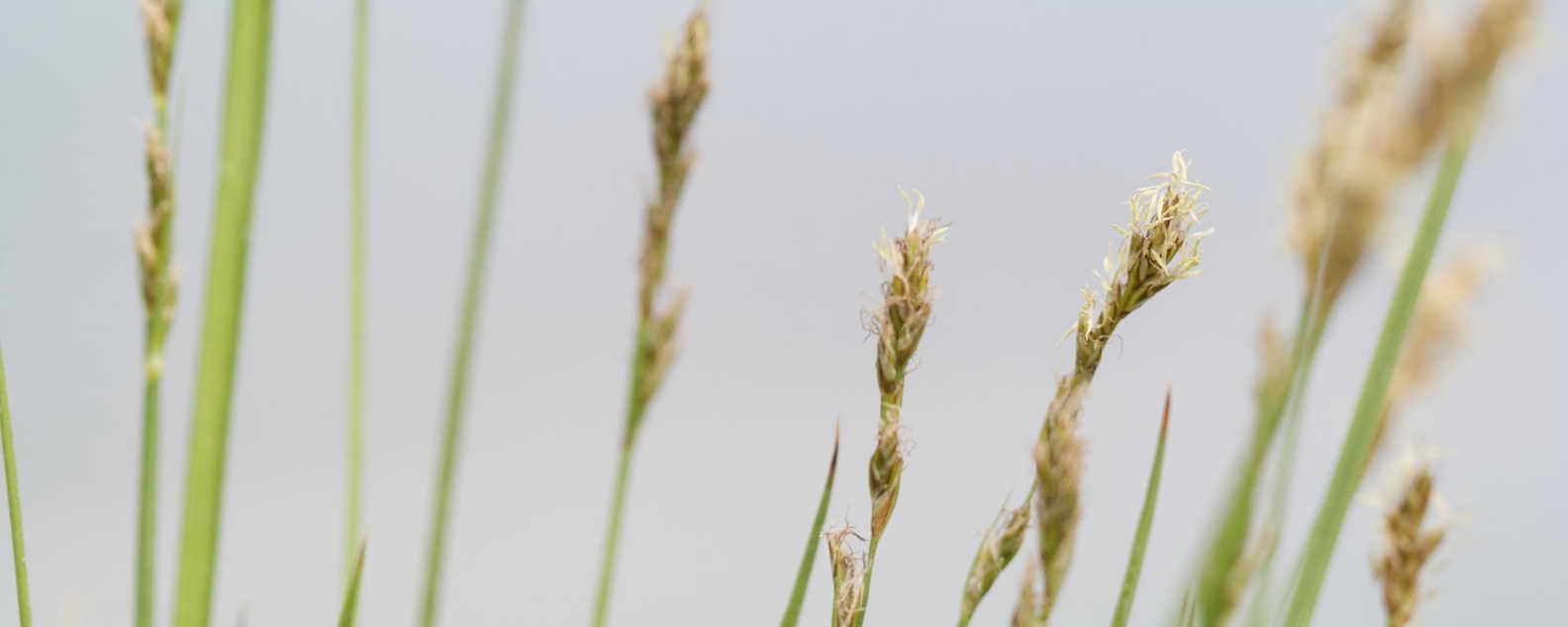
Nearly 7000 new Australian plant species have been described in the last 50 years and plant names are invaluable tools for understanding the diversity of life. Keep reading below to learn about plant taxonomy and the classification of a new sedge genus.
Importance of names
Plant taxonomy is the science that finds, identifies, describes, classifies, and names plants. Evolutionary biologist Professor Stephen Hopper considers every plant name to represent a hypothesis on plant relationships. This hypothesis is tested every time someone tries to identify a plant, which makes the field of scientific classification one of the most rigorously tested of all scientific fields.
Some plant names have remained unchanged for over 200 years. This is because sound classifications stand the test of time and are a testament to the work of early botanists such as Robert Brown (1773–1858). If a name is changed it is because our knowledge of the plant in question has advanced to the point we can no longer justify maintaining existing classifications.

Botanist Robert Brown in 1855. Source: Wikipedia.
DNA revolution
In Australia, less than 15 percent of plant names have changed in the last 50 years and many of these have occurred in the last 20 years following the advent of DNA technology. DNA data has enabled us to resolve relationships that may have been in doubt for centuries.
A major project is underway, coordinated by the Genomics for Australian Plants working group, to generate enormous amounts of DNA sequence data for every Australian plant species, which will provide a rigorous test of all existing classifications. Eventually, we will achieve a stable classification for all Australian plants.
A new sedge genus
Sedges are a grouping of plants that are mostly suited to growing in wet, boggy areas and survive periodic drying during dry seasons. Previous classifications have been based solely on the interpretation of morphological characteristics to infer their closest relatives.
The best classification for a group of four sedges in Australia and Asia has remained controversial. Because many sedges look similar, we turned to DNA evidence to answer the question of their relationships with other genera. After building a detailed data set for Australian sedges in the tribe, and including possibly allied groups from overseas, our analyses showed that they did indeed form a unique group.
The new sedge genus has been called, Anthelepis (Cyperaceae). This is a combination and partial contraction of the Greek words anthēlē, the plume of a reed, and lepis, a scale, in reference to the hypogynous bristles at the base of the nutlet (fruit).
The new genus and its four species have been published in the journal Australian Systematic Botany. One species is newly described in the paper and the classification of the other three has been the subject of much debate and many changes over the years.
Anthelepis clarksonii
This is a newly described species which is found only in North Queensland, on Cape York Peninsula. It is named for local botanist John Clarkson (1950–), who has recently celebrated an amazing 50 years in the same job, greatly advancing our knowledge of North Queensland plants.
John has been the most prolific collector of this previously undescribed sedge. He collected the type specimen in 1980, and it has been sitting in herbaria for nearly four decades, awaiting description. It has not been named earlier as we needed to be sure it was not a species already known and named from Asia. Anthelepis clarksonii was clearly related to 'Tricostularia' undulata, a species with several synonyms, and we did not wish to create a superfluous name.

Anthelepis paludosa
This species is restricted to the east coast of Australia, in Queensland and New South Wales, where it grows in coastal swamps. It was originally described as Chaetospora paludosa by Robert Brown in 1810. It was first collected by Joseph Banks and Daniel Solander at Botany Bay in 1770, and a duplicate of this collection is held at the National Herbarium of NSW.
Anthelepis undulata
This species ranges widely from Sri Lanka to northern Australia. It was previously named Cladium undulatum by George Henry Kendrick Thwaites (1812–1882) based on specimens collected by James Alexander Stewart-Mackenzie (1784–1843) in Sri Lanka in 1837–1840 (then Ceylon).
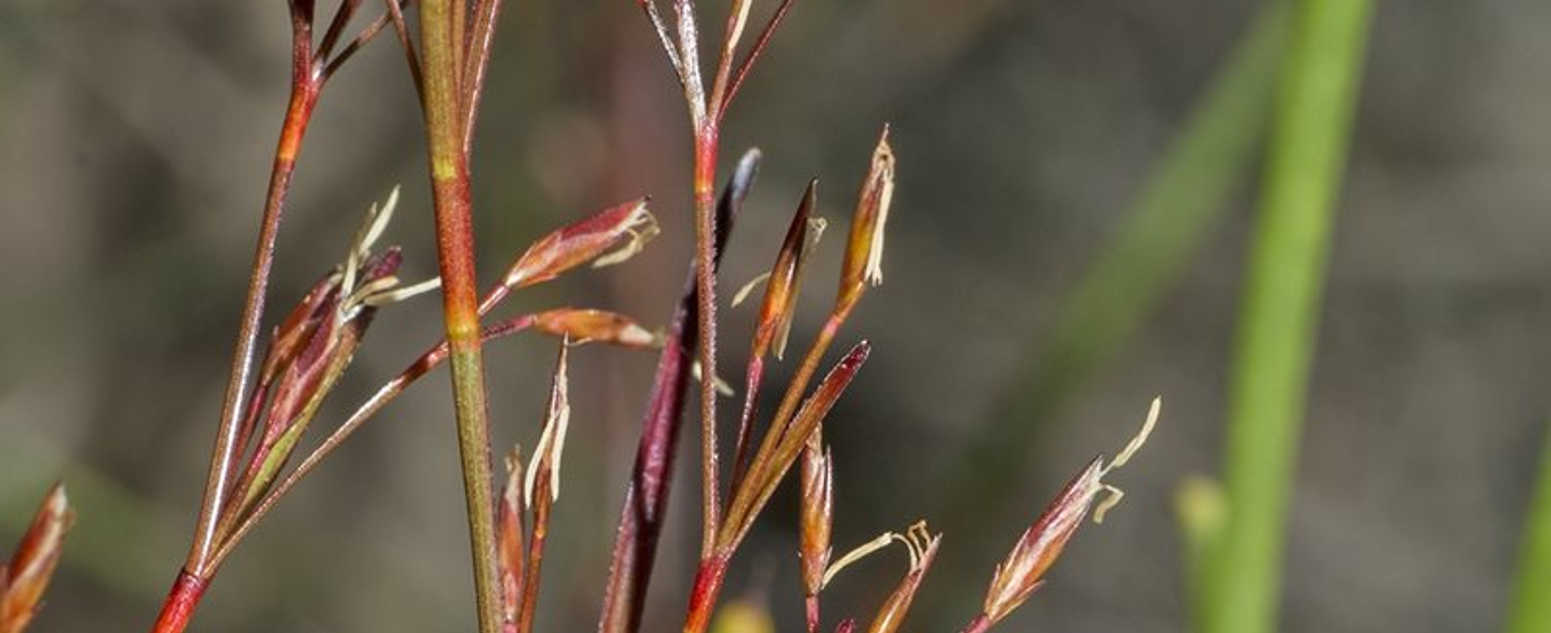
Anthelepis guillauminii
This species is found only in New Caledonia and was was previously named Schoenus guillauminii. It was described by Georg Kükenthal (1864–1955) based on specimens collected by Isidore Franc, (1879–1969). The previous name honours André Louis Joseph Edmond Armand Guillaumin (1885–1974), who made many invaluable plant collections in New Caledonia.
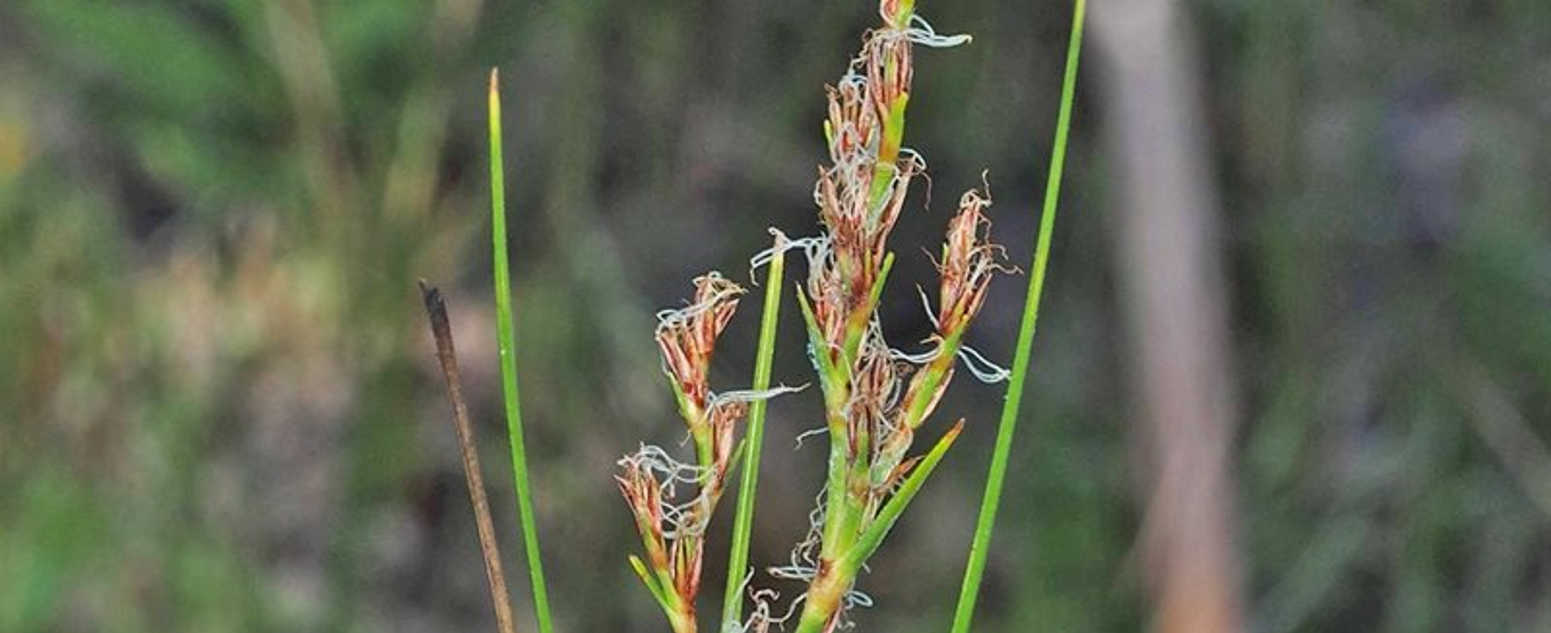
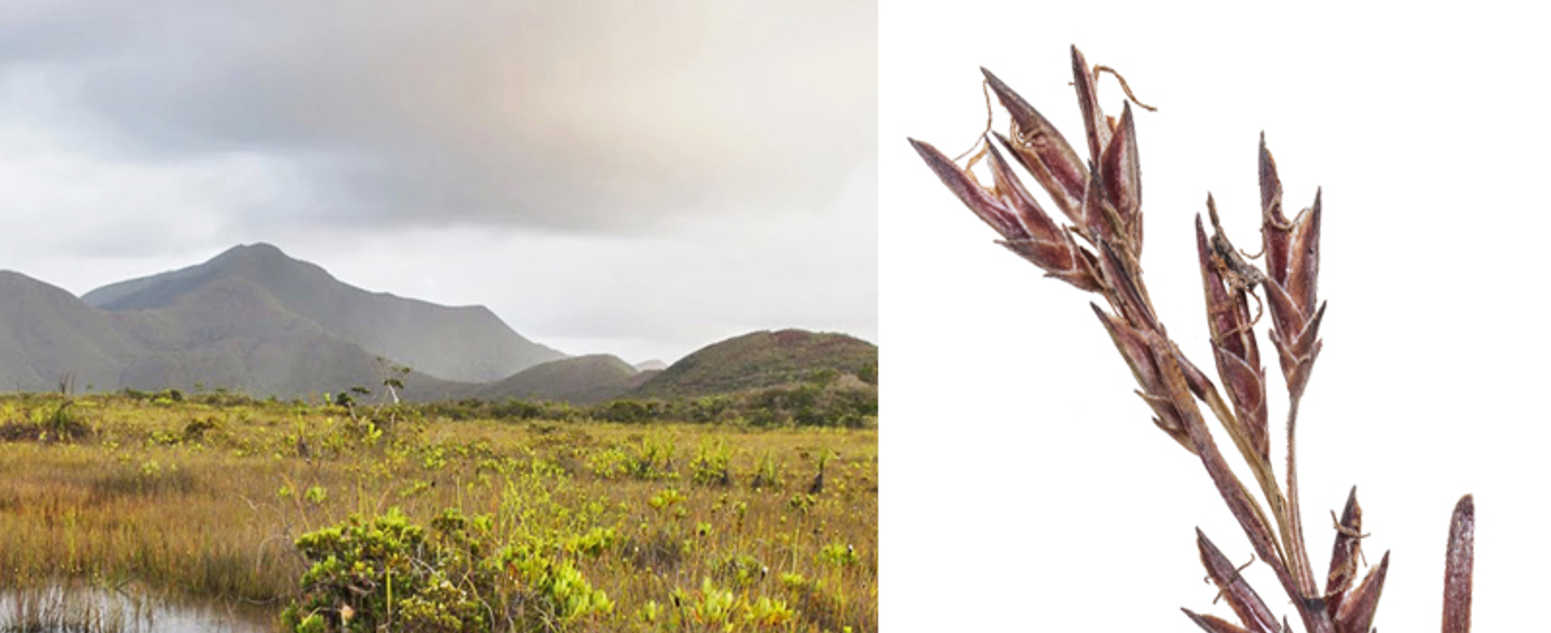
What does this mean for science?
Description of the new genus Anthelepis enables us to redefine our ideas of biogeographic histories, unique evolutionary lineages, and conservation priorities. With a distribution centred in Australia, this new genus increases the uniqueness recognised in the evolutionary history of Australian plants.
While it may take time for people to learn the new names, ultimately, the change represents the resolution of scientific debates that have remained unresolved for over 200 years.

Related stories
Working with stakeholders from different Australian states, geneticists have helped to clarify taxonomy and conservation planning for seven leafless Bossiaea species.
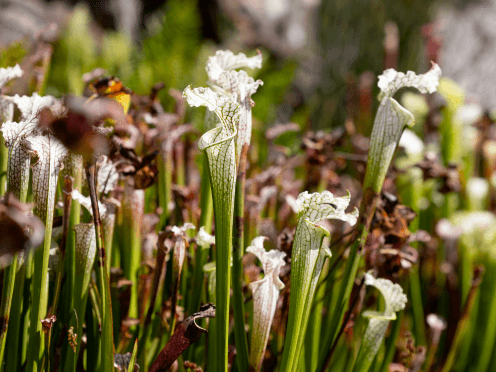
Three carnivorous plants to care for during the cooler seasons.
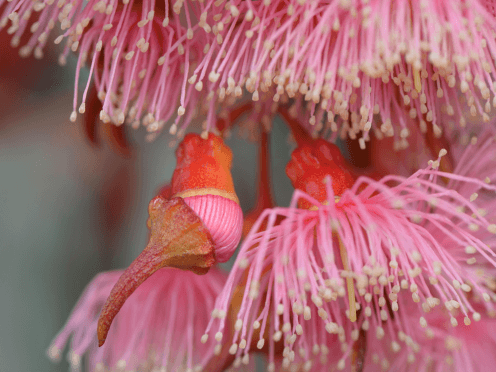
Eucalypts or gum trees are one of Australia’s most iconic plants. The scent of their oil alone evokes the bushland.